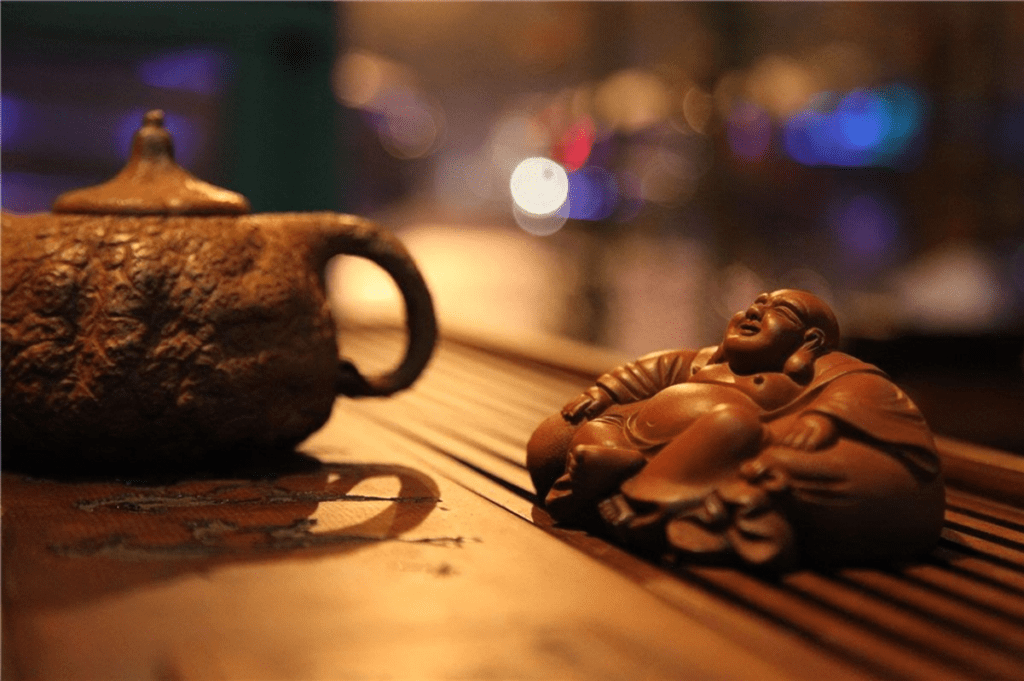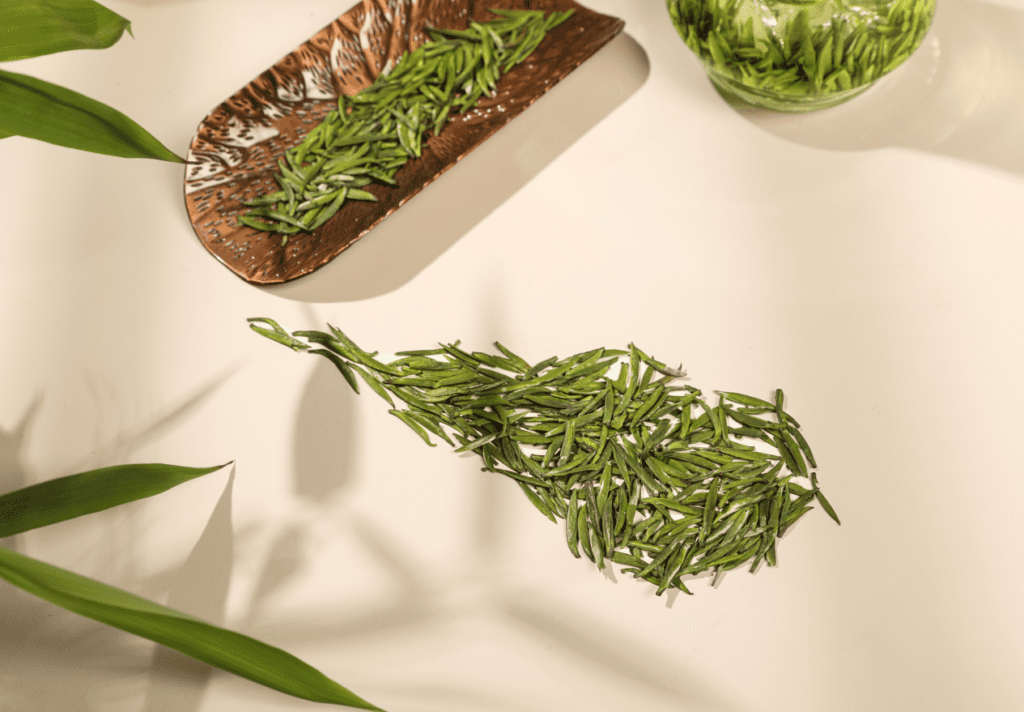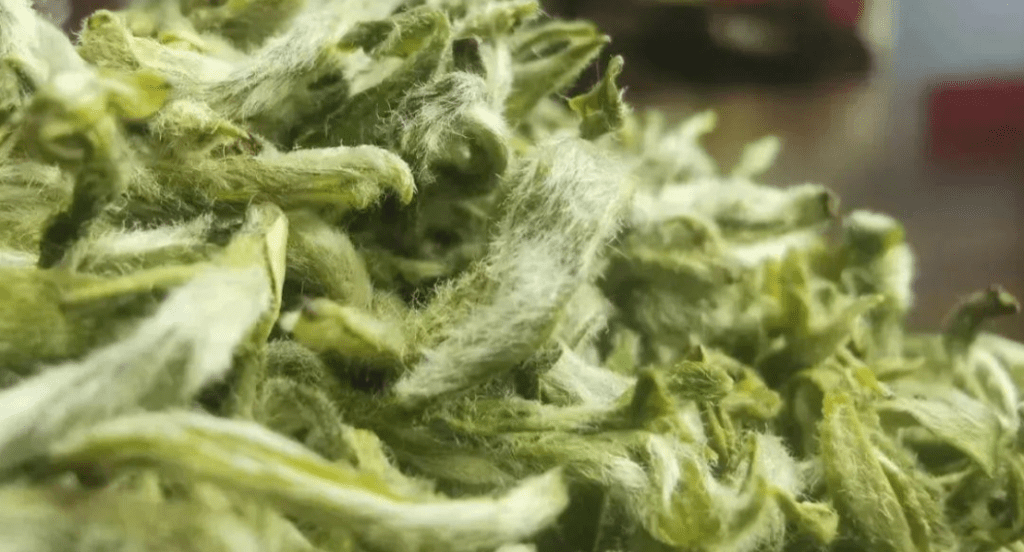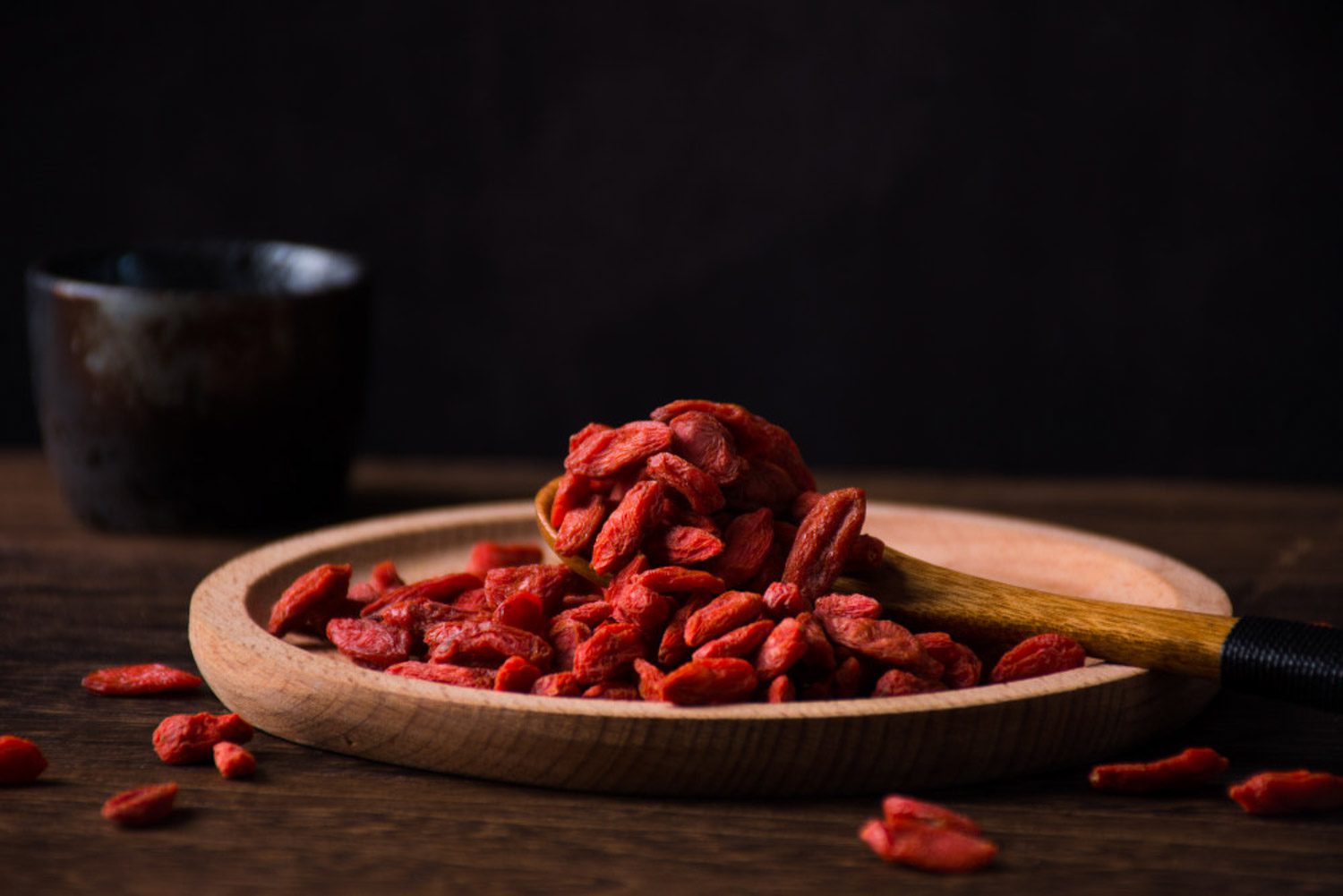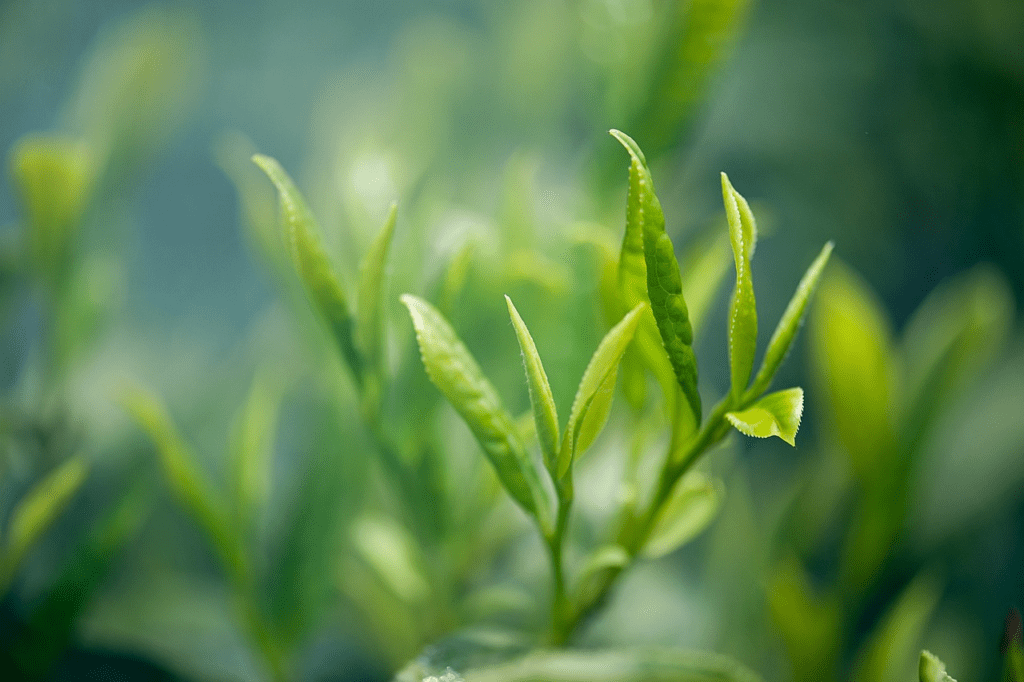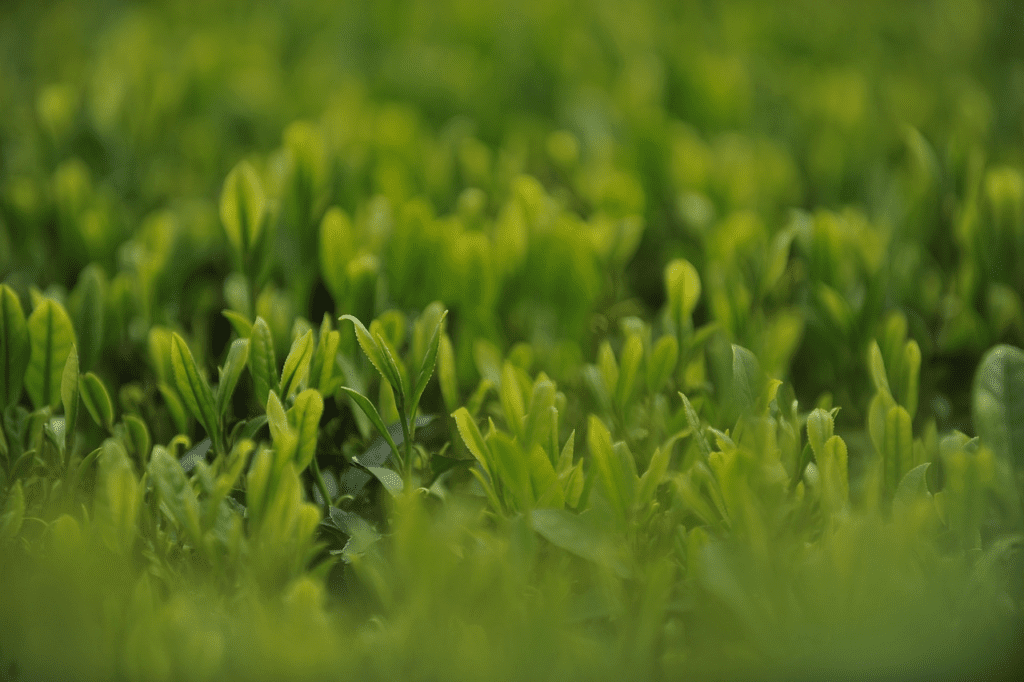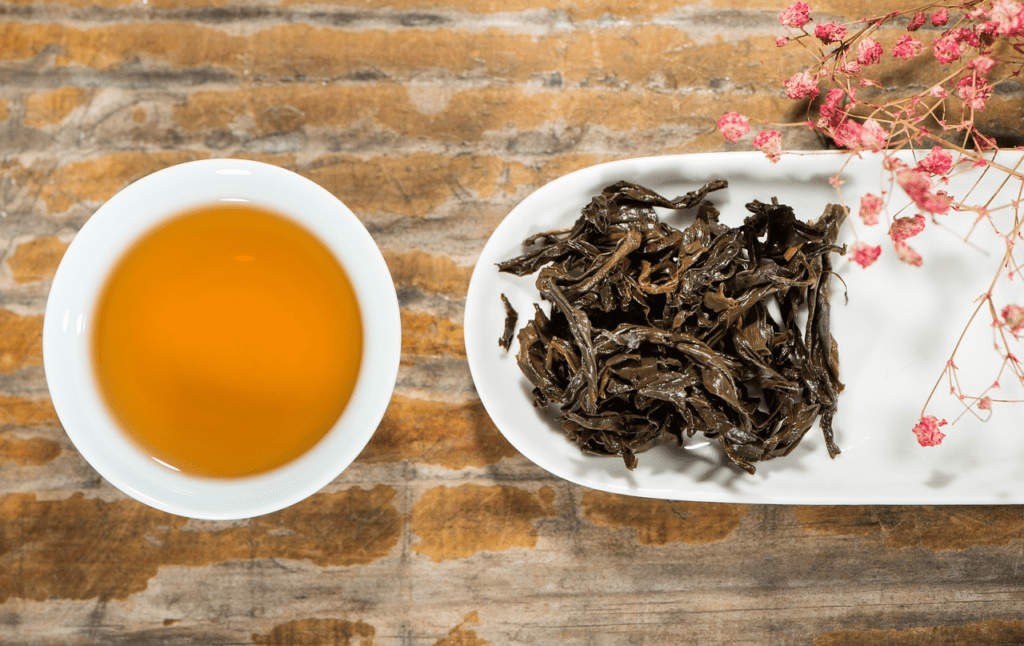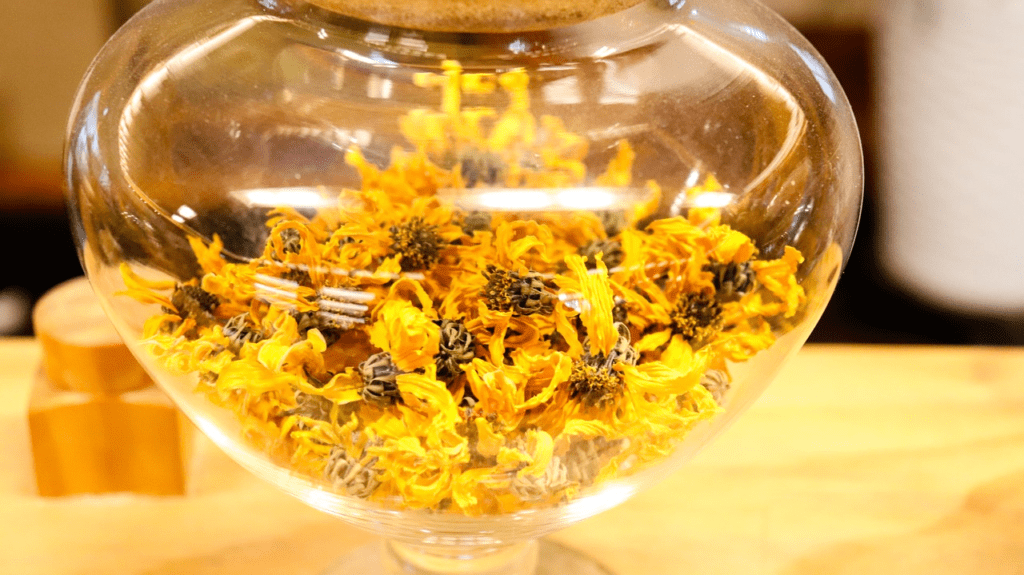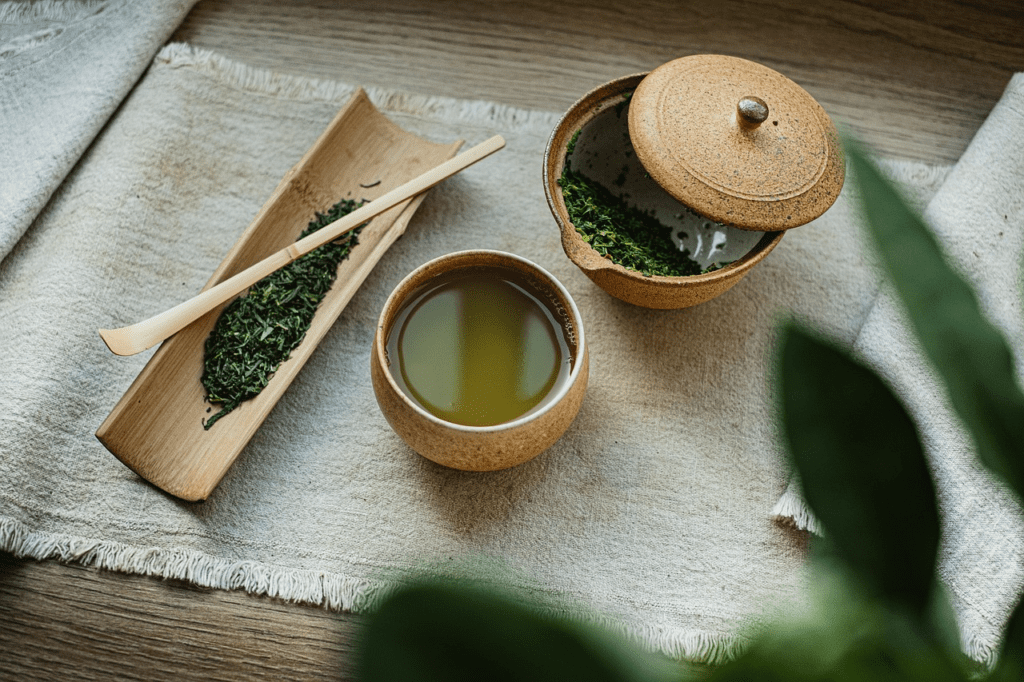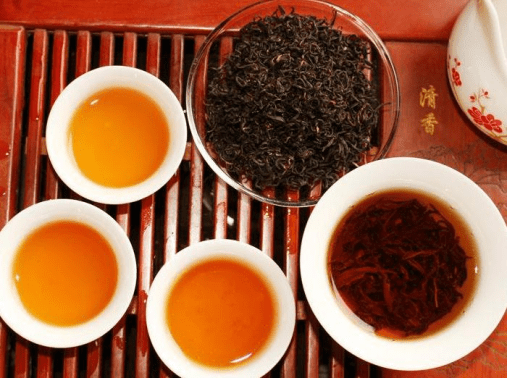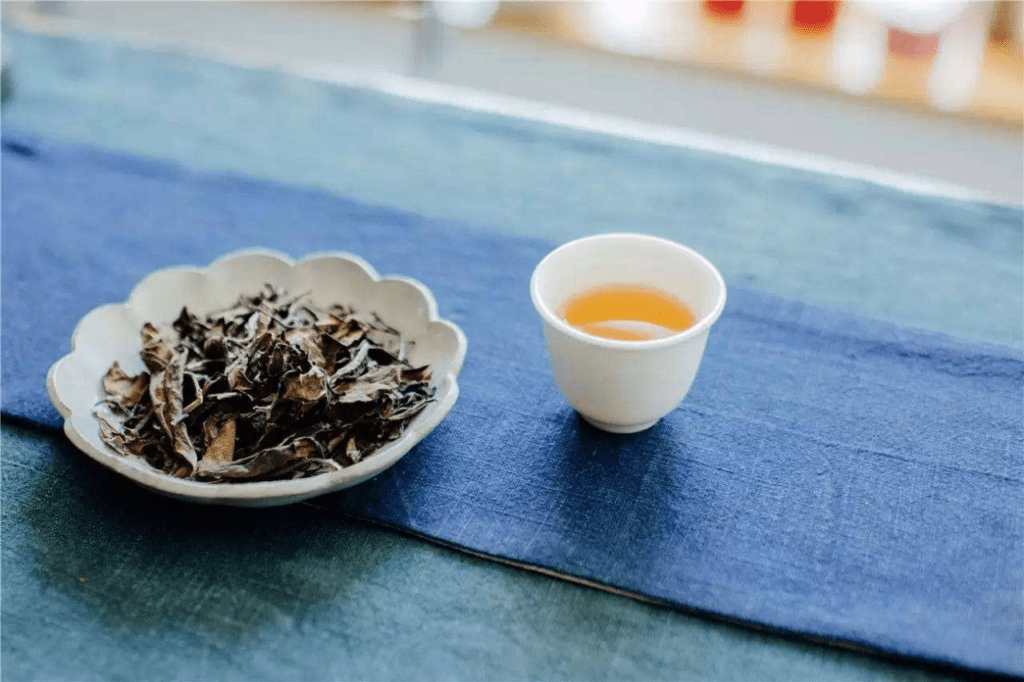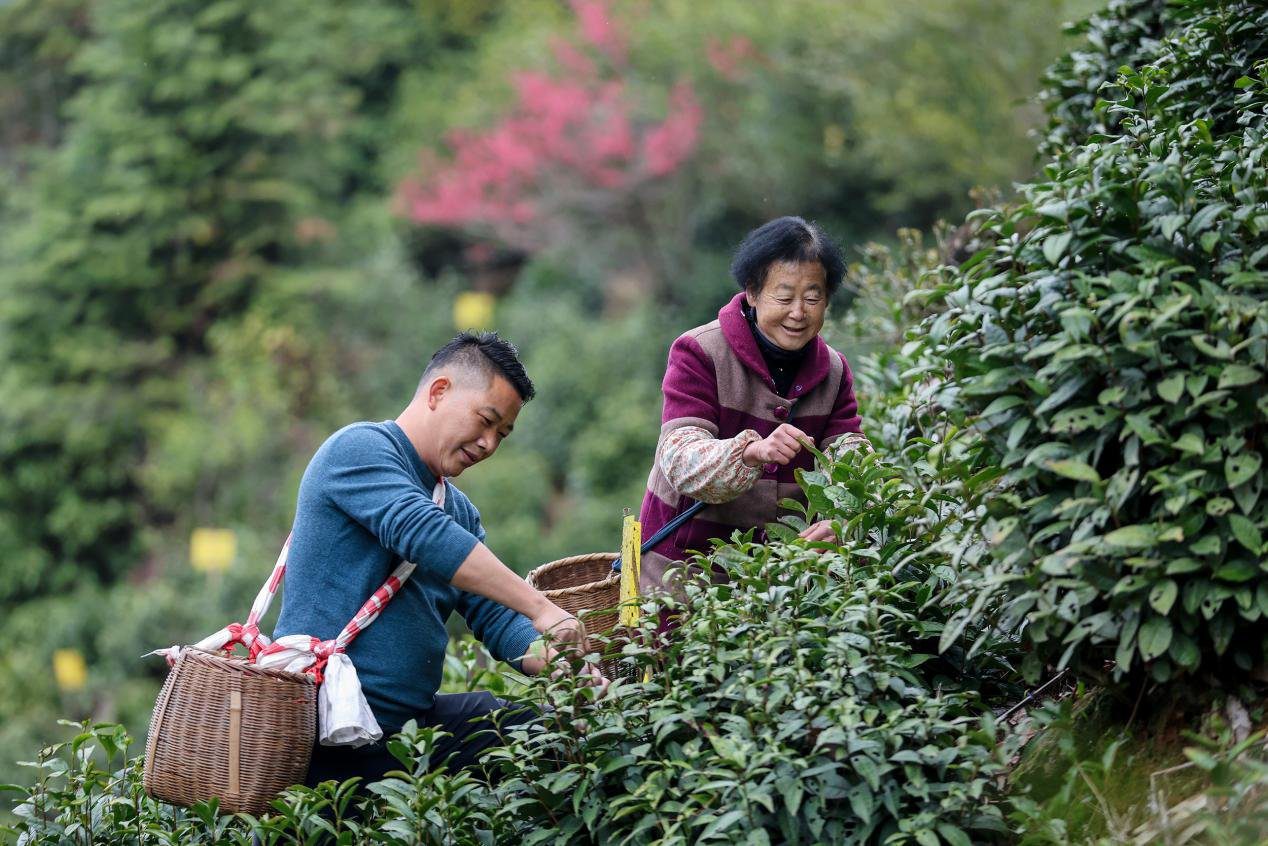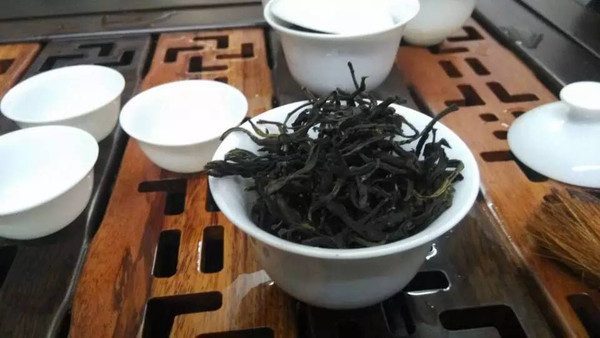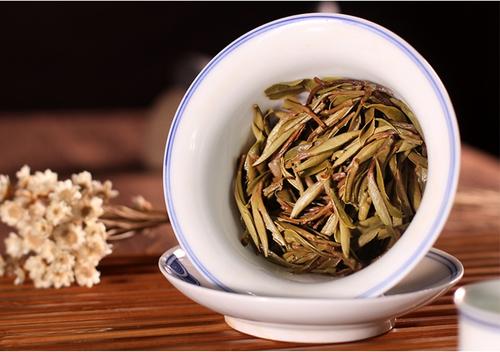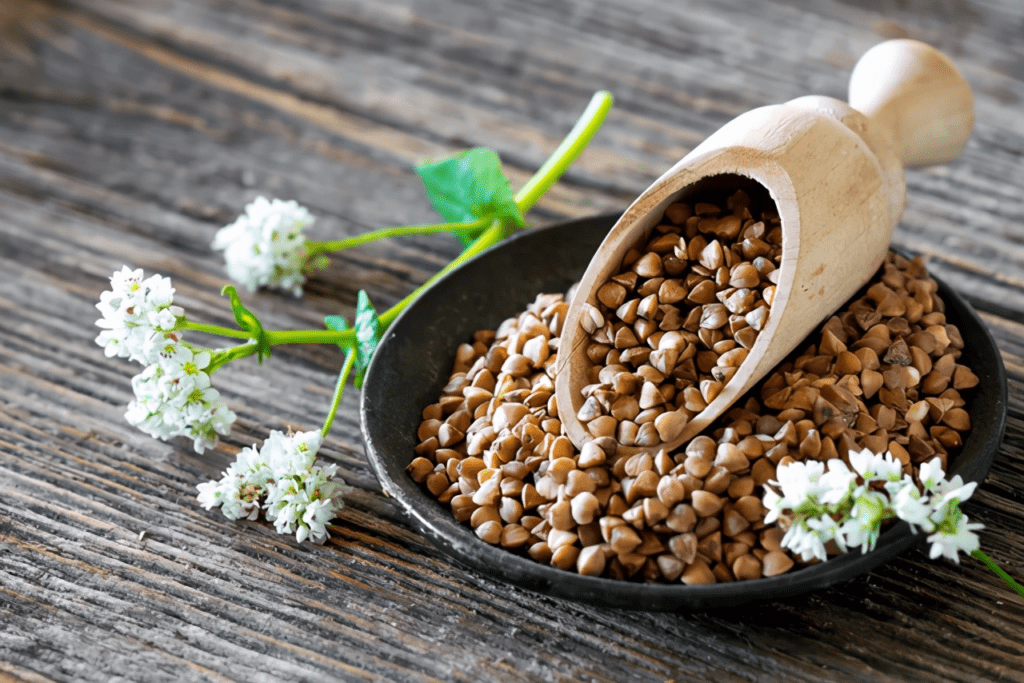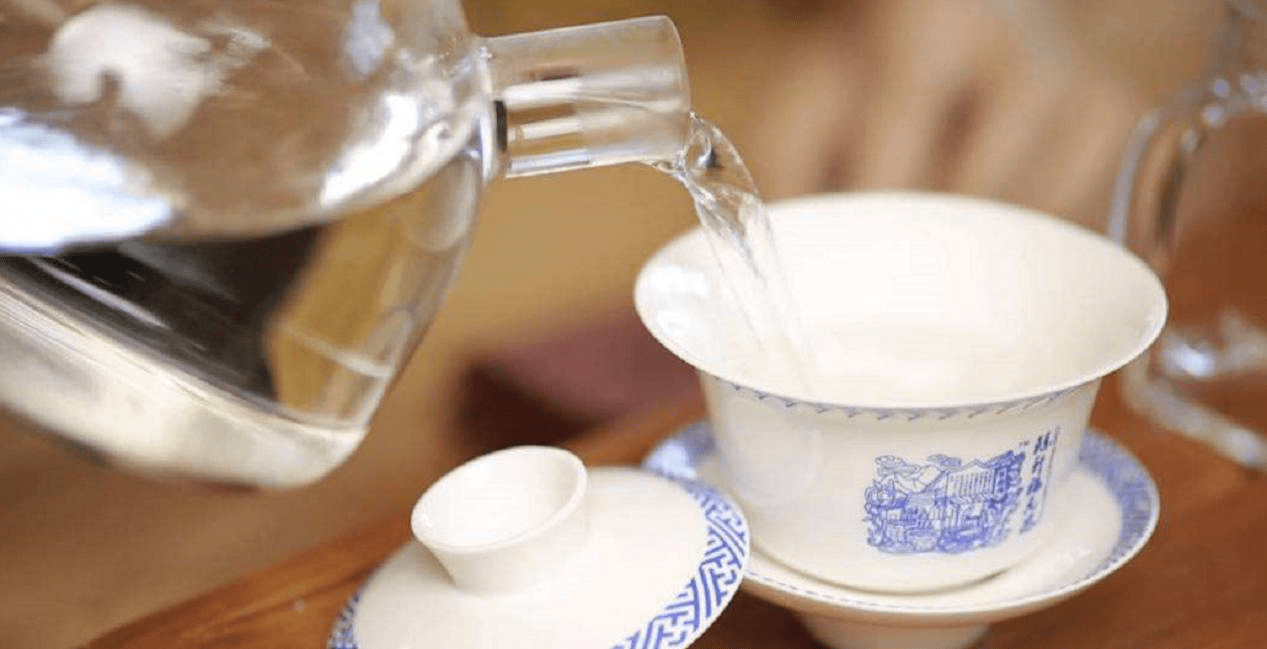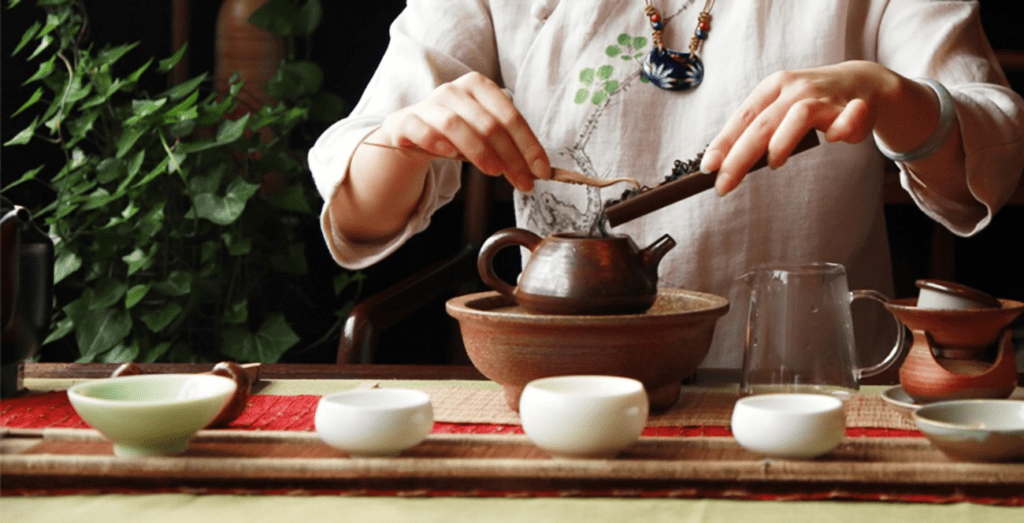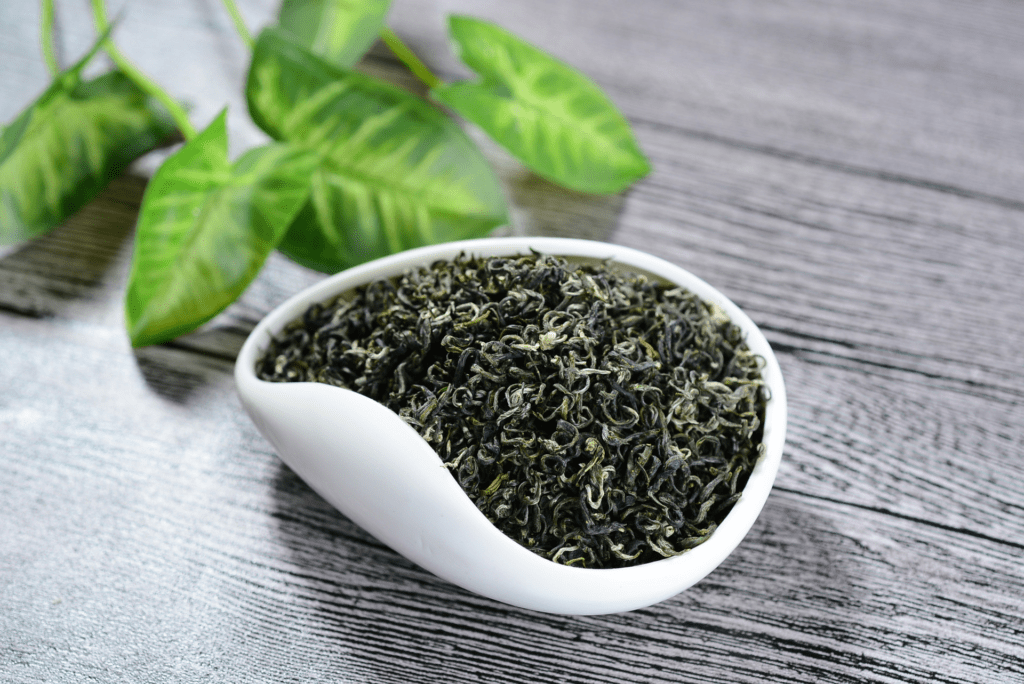Tea, as the traditional beverage of the Chinese nation, has a long history and deep cultural heritage, and has long been integrated into the bloodline of Chinese civilization. Whenever you taste a cup of fragrant tea, we seem to travel through a thousand years of time, feeling the precipitation of history and cultural flavor. So, tea actually originated in which dynasty? Let's go into the long river of history and explore the origin and development of tea culture.
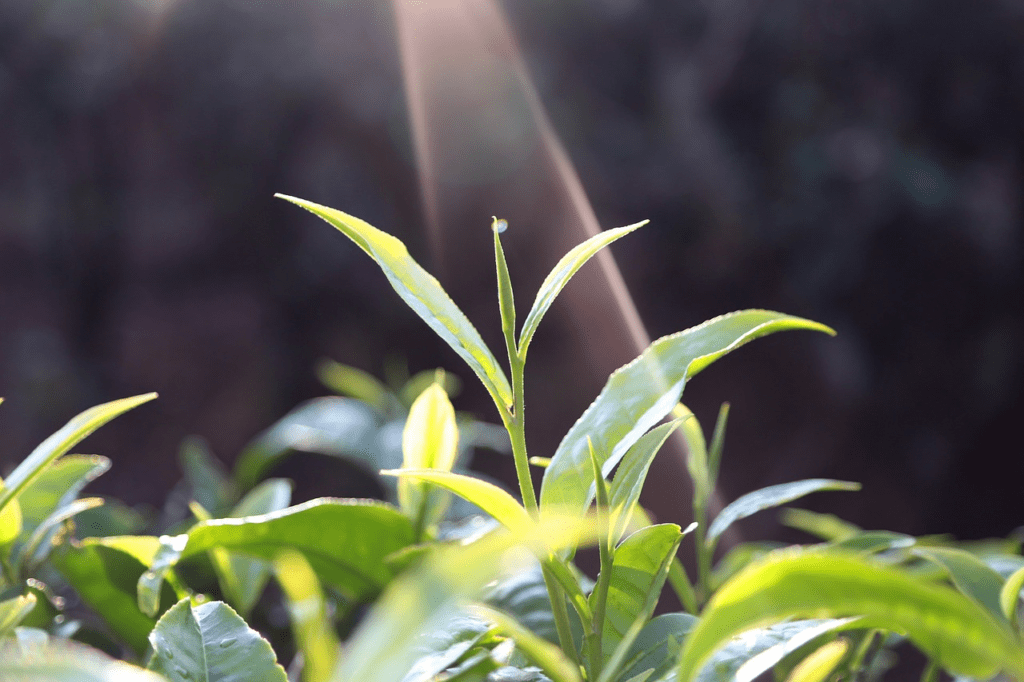
Legends and Historical Facts: Two Accounts of the Origin of Tea
On the origin of tea, there are many beautiful folk legends. One of the most famous is the story of "Shennong tasted a hundred herbs". According to legend, in ancient times, Emperor Shennong tasted all kinds of herbs in order to cure the sick and save people's lives, and was accidentally poisoned. At this time, a fragrance wafted, Shennong followed the fragrance and found a tree leaf, then put it into the water to drink. Miraculously, the symptoms of Shennong's poisoning miraculously disappeared. From then on, people began to plant tea trees, and its leaves made of tea.
Of course, in addition to legends, there are also more reliable historical records. According to historical records, the origin of tea can be traced back to the Spring and Autumn Period and the Warring States Period. In the "Zhou Li", "Er Ya" and other books, there are records about tea. The Divine Husbandman's Classic of the Materia Medica classifies tea as a superior product and details its medicinal value.
Qin and Han Dynasties: The Rise and Development of Tea
During the Qin and Han Dynasties, the cultivation and consumption of tea was gradually popularized. According to the Book of Han, Emperor Wu of the Han Dynasty sent an envoy to the southwest region to ask for tea, which shows the high status of tea in the court at that time. In addition, tea was also used in rituals and gifts, becoming an important gift.

The Tang and Song Dynasties: The Peak of Tea Culture
During the Tang and Song dynasties, tea culture enjoyed unprecedented prosperity. The introduction of Lu Yu's "Tea Classic" marked the maturity of Chinese tea learning. Tea not only became an indispensable beverage in people's daily life, but also gave rise to a rich tea art and tea culture.
In the Tang Dynasty, teahouses spread throughout the city and countryside, becoming an important place for people to exchange ideas and discuss skills. Literati were also fond of tea, created a large number of tea poetry, tea into literature and art.
In the Song Dynasty, tea was consumed in a more diversified way, and tea arts such as tea ordering, tea fighting and tea frying were prevalent. Tea also became an important trade commodity and was exported overseas, spreading the Chinese tea culture all over the world.
Ming and Qing Dynasties: Diversification of Tea
During the Ming and Qing Dynasties, the planting technology and processing technology of tea further improved, and the types of tea became richer and more diverse. Green tea, black tea, oolong tea, white tea, yellow tea and other six types of tea gradually formed, and formed a unique regional characteristics.
In addition, the way of drinking tea has become more populist and has become an indispensable part of people's daily life. Tea is not only a drink to quench people's thirst, but also a cultural symbol, representing an elegant lifestyle.
The Origin and Development of Tea: A Treasure of Chinese Civilization
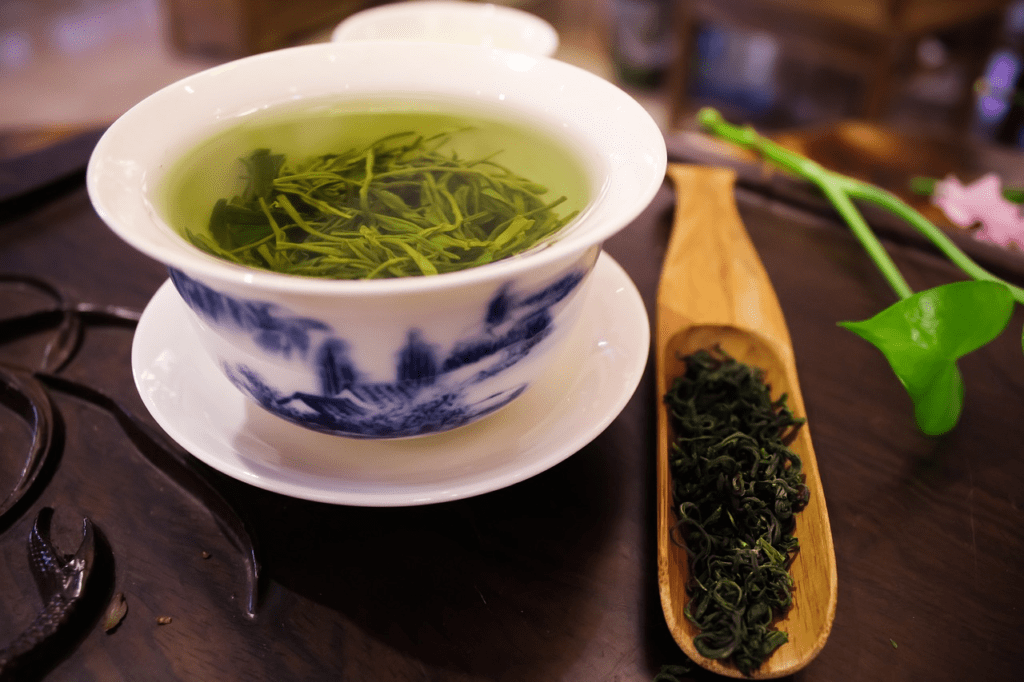
The origin and development of tea is an important chapter in the history of Chinese civilization. It not only reflects the wisdom and creativity of the Chinese nation, but also contains deep cultural connotations. Nowadays, tea has become one of the world's three major beverages, loved by people around the globe.
Tasting a cup of tea, feeling the fragrance of tea, we seem to have traveled through a thousand years of time, conversing with the ancients and feeling the profoundness of Chinese culture. Tea is not only a beverage, but also a treasure of Chinese civilization, which deserves to be treasured by us forever.
